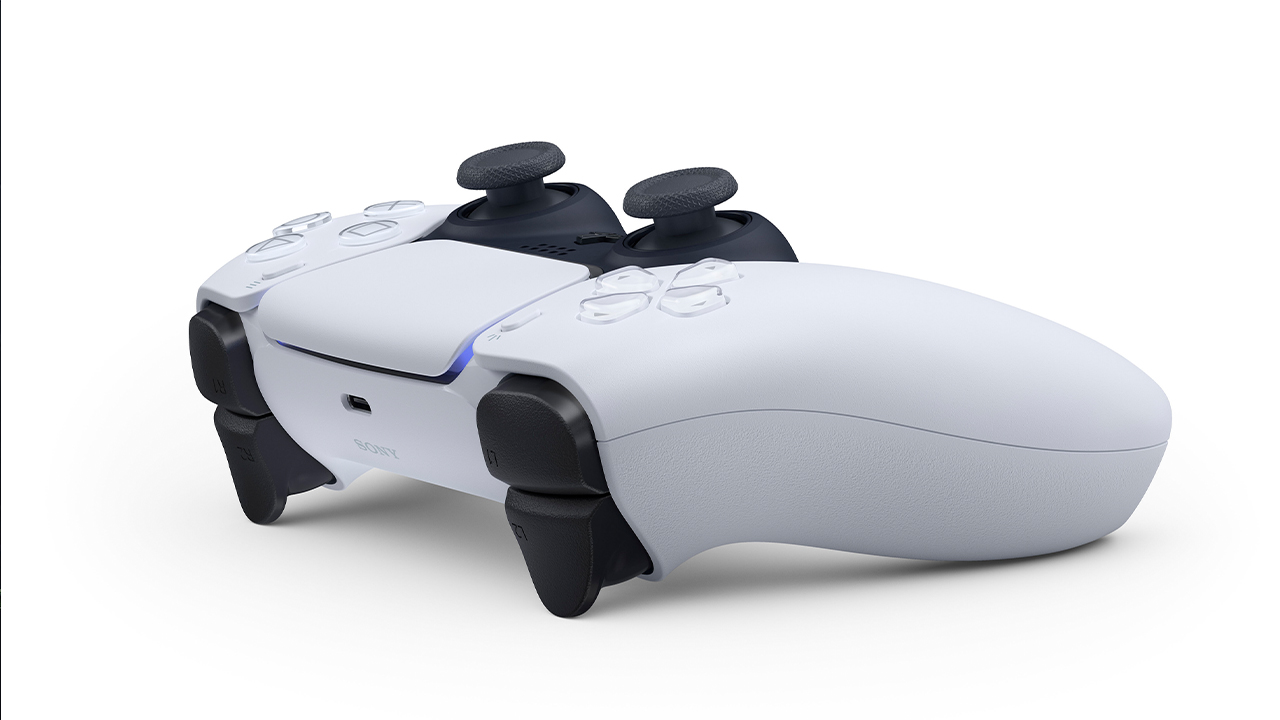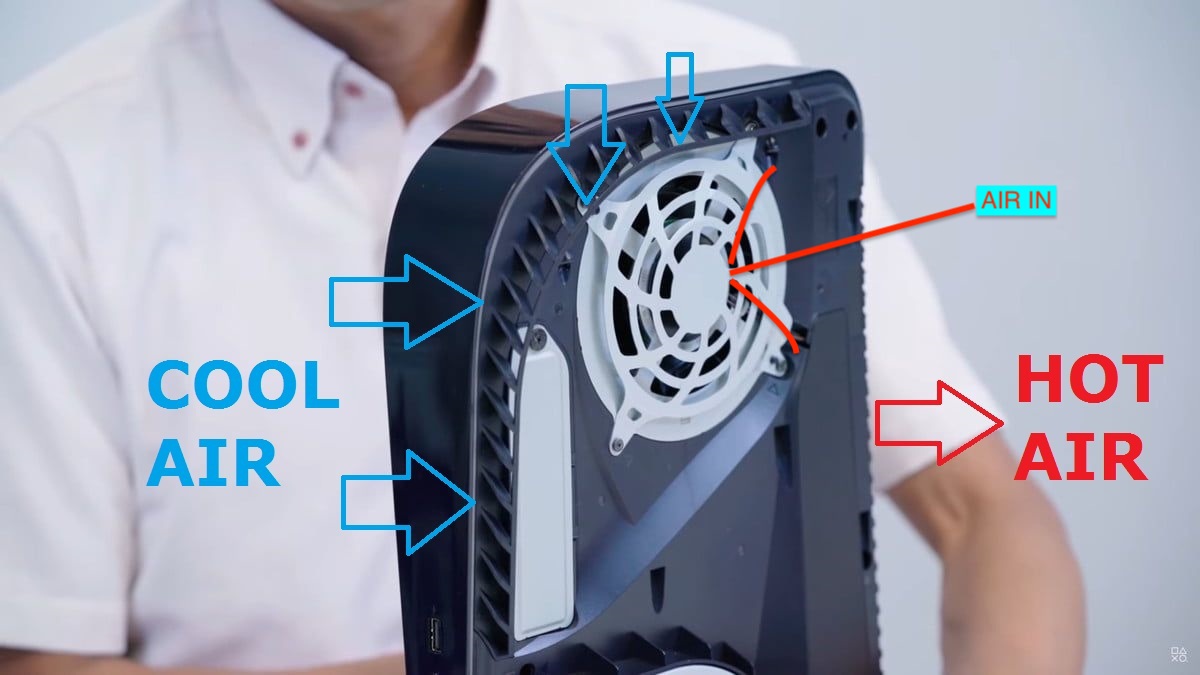There seems to be some confusion on the maximum heat output we see on NVMe drive reviews and how that would translate to typical behavior when using them on a PS5.
The higher power consumption and temperature numbers, and eventual throttling, we see are always related to sequential writes. Here's an eaxmple of
the WD SN850 that reaches 7GBytes/s read (not 7gbps btw). It's a M.2 drive that is sold without a heatsink, so the effect of the temperature output is more noticeable in the readings:
While playing games, the PS5 will use the SSD almost exclusively (>99.9% of the time) to stream assets from the mass storage, i.e. on sequential reads with block sizes over 64K.
In that particular case, the SSD without a heatsink doesn't go above ~46ºC. The temperature on these drives shouldn't be a problem while playing games.
I think the only time the PS5 ever needs to throttle down the M.2 SSD is when copying games from the internal SSD to the M.2 one
I see no need for the fan to run at higher speeds due to the add-in SSD. I think Sony will be allowing many different things on future firmwares, two of them being the custom fan profile optimizations (
which had been announced already) and the support for add-in M.2 SSDs.
It seems that somehow these messages got mixed up and someone assumed the custom fan profiles were related to the add-in SSD support.












